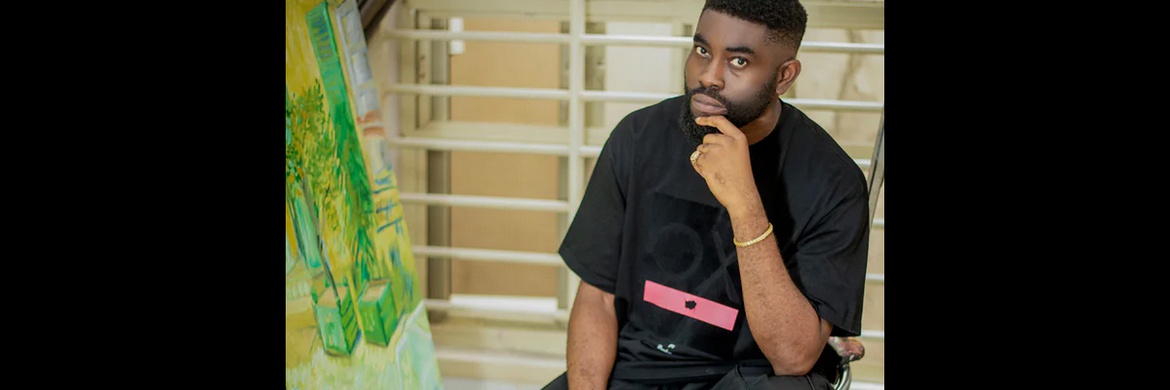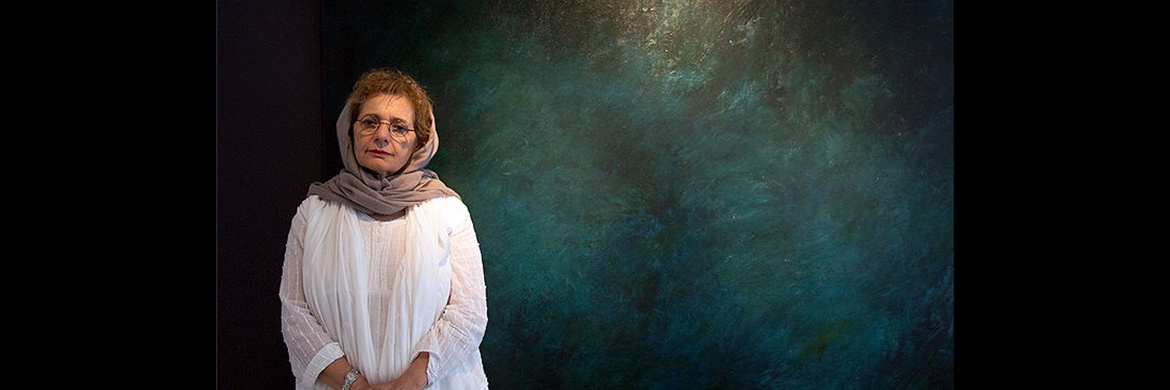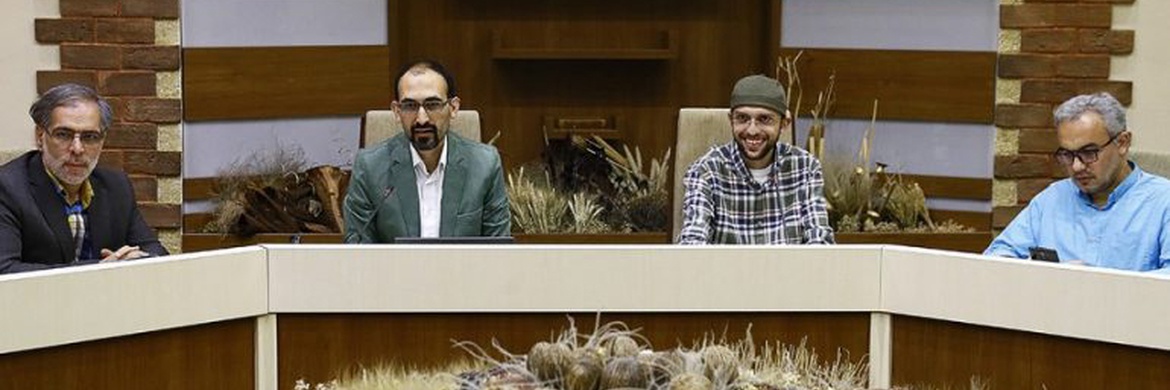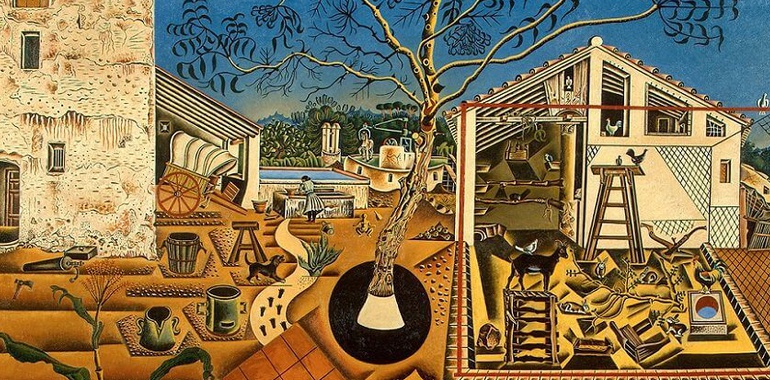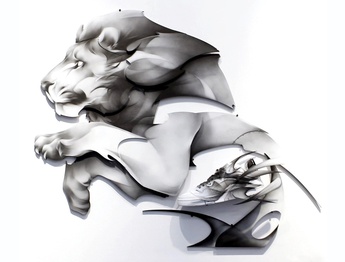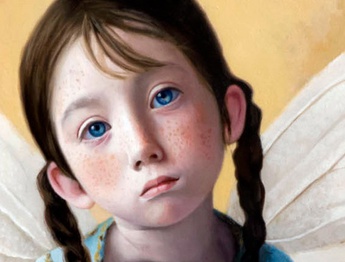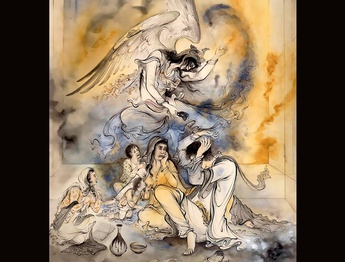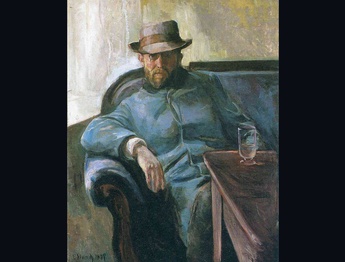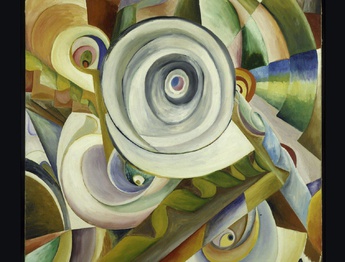
The Farm /Joan Miró/1921-1922/Oil on canvas/ National Gallery of Art, Washington, D.C.
“Miró” moved from Barcelona to Paris in 1920, determined to participate in the artistic vanguard of the French capital. Nevertheless, he remained deeply attached to his native Catalonia, and returned each summer to his family's farm in the village of Montroig. In 1921, he determined to make a painting of this farm, a painting that he came to regard as one of the key works in his career.
The Farm represents a brilliant amalgamation of an intense, even primitive realism with the formal vocabulary of cubism. The painting is a compendium of separate details, each carefully observed and precisely described. This detailed realism, however, is matched by a tendency to simplify forms into abstract, geometric shapes. Moreover, space in The Farm is defined by a ground plane that tilts sharply upward, while individual forms are similarly tilted, so that they sit silhouetted, parallel to the picture plane.
By the mid-1920s, Miró had abandoned the realist manner of The Farm and had created a surrealist style of automatism and abstraction. Elements from The Farm continued to appear in his work, however, and the intensity of vision found in this painting remained a standard for all of his later art.
Prepared and arranged by: Narges Saheb Ekhtiari
